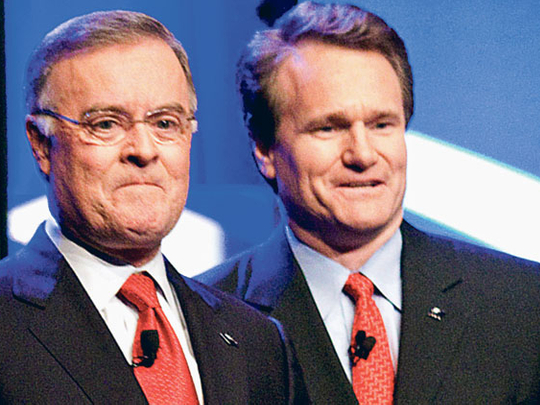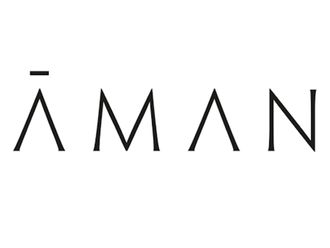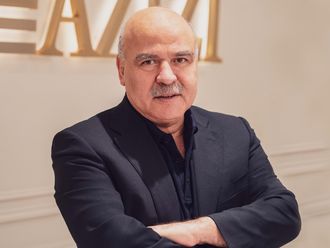
When Bank of America swooped on Merrill Lynch in September 2008, BofA's boss, Ken Lewis, was applauded for rescuing the investment bank from the same fate as Lehman Brothers. The shotgun wedding created America's biggest bank by assets. But it soon began to resemble the marriage from hell.
Merrill's spiralling mortgage-related losses forced the combined firm to take an extra $20 billion (Dh73.4 billion) of public money, raising the total to $45 billion and branding it a recipient of "exceptional" federal assistance. Shareholders fumed that Lewis had overpaid for a lemon — the price tag was $50 billion in BofA shares — and had not been up-front about bonuses paid to the acquired firm's "stars". The bank was hit with a series of probes, one of which ended, after much toing and froing, in a $150 million settlement with regulators. A war-weary Lewis limped into retirement at the end of 2009, earlier than planned. He was succeeded as chief executive by Brian Moynihan, who joined BofA in 2004 when it bought his employer at the time.
Though the outrage has ebbed in recent months and BofA has repaid the $45 billion it got from the taxpayer, the perception lingers that the Merrill deal was a stinker. But after a difficult start the combination is starting to pay off in some areas. There are many risks, but Lewis's prediction that Merrill would come to be seen as "a thing of beauty" no longer looks risible.
Stable deposits
The deal gave Merrill access to a giant balance-sheet funded with stable deposits. BofA got a pile of noxious mortgage securities, but also top-notch securities-trading and underwriting businesses, and Merrill's "thundering herd" of brokers and wealth managers, the jewel in its crown. The early months were messy. As the two firms' investment banks were crunched together, over a third of those units' employees were either laid off or left for rivals. For some at Merrill, answering to bosses in Charlotte, North Carolina, who had done little to disguise their suspicion of Manhattan's Porsche-drivers was simply too much. Many brokers left too, cutting the herd's size from 18,000 to 15,000.
"We had our share of instability," says Tom Montag, head of global banking and markets.
But it could have been worse. BofA did not smother Merrill, even though the New York firm was in a position of weakness. It kept Merrill's name and iconic bull, spending an extra $20 million to promote them (though, as one Merrill man complains, saying "Bank of America Merrill Lynch" without running out of breath is a challenge).
To the relief of brokers, it resisted the temptation to merge them with the wealth managers at US Trust, a firm BofA had bought in 2006. Some put this restraint down to lessons learned from the multiple mergers that created BofA.
And the past few months have brought some signs of stabilisation.
A number of defectors have been tempted back, including Todd Kaplan, a star investment banker and Merrill veteran. Sallie Krawcheck, a former Citigroup bigwig who was hired last August to run wealth management, has worked hard to scotch rumours that the brokers would lose their cherished commission-based pay structure or would be turned into glorified bank tellers.
Attrition slows
These efforts are bearing fruit. The stampede has slowed to a trot — the attrition rate for "top producers", brokers who bring in $1 million or more, hit a ten-year low in the fourth quarter of 2009. In a recent poll by Registered Rep, a trade publication, 75 per cent of the firm's brokers saw themselves as likely still to be there in two years, compared with 61 per cent at the newly merged Morgan Stanley Smith Barney (MSSB) and a mere 45 per cent at UBS. BofA hopes to capitalise on the continuing turmoil at the Swiss bank's brokerage operation, which is being overhauled by Bob McCann, a former head of the thundering herd.
Just as important, Merrill's brokers are, once again, held in high regard by those who use them. They accounted for 317 of the top 1,000 financial advisers in America in the latest ranking by Barron's, a financial weekly, whereas MSSB's bigger brokerage force accounted for 231. In capital markets, too, the combined firm is a formidable force. According to Dealogic it was number two in global investment-banking fees last year, behind JPMorgan Chase, which posted another strong set of trading and investment-banking profits on April 14th. Alone, BofA was a lightweight.
This matters because such businesses are likely to grow faster than domestic retail banking, BofA's traditional turf, in coming years as households borrow and spend less. Before the crisis, the bank's top brass were comfortable with its focus on the American consumer, arguing that he offered the greatest potential for fees over the next decade. No longer. Merrill, which does one-third of its business abroad, has given the group "balance across all platforms", says Moynihan.
In 2009 Merrill's businesses buoyed group results, which would otherwise have been dragged deep into the red by losses in credit cards and mortgages (see chart). BofA's consumer operations continue to weigh on it. The bank was expected to post quarterly profits well below the 44 cents per share it earned a year earlier, on April 16th, after The Economist went to press.
New markets
Moreover, Merrill is seen as a cornerstone of a strategic push into new markets. Its brand is strong abroad: it has three times more relationships than BofA does in Europe, Asia, Africa and the Middle East (though it has made less headway in China than some of its Wall Street rivals).
The merger also — in theory — provides opportunities for bits of the group to generate business for each other. BofA serves one in three medium-sized American firms, and they should turn to it for merger advice, securities underwriting and private banking as they grow. The legacy Merrill business now has an array of loan and cash-management products to hawk to international clients.
An example is treasury services (helping companies manage payments to suppliers, collect receivables and so on), a humble yet lucrative business in which BofA is number one on its home turf.
In practice, such "cross-selling" is hard to pull off. Witness the dismantling of the financial supermarket that Citigroup tried and failed to build. BofA executives say they have learned from such experiences, working hard to foster a spirit of collaboration (and equitable revenue-sharing).
There are some encouraging signs: 600 of the 6,800 leads passed from the financial advisers to the commercial bank in the past year have produced actual business.












